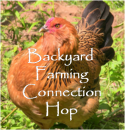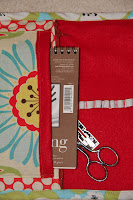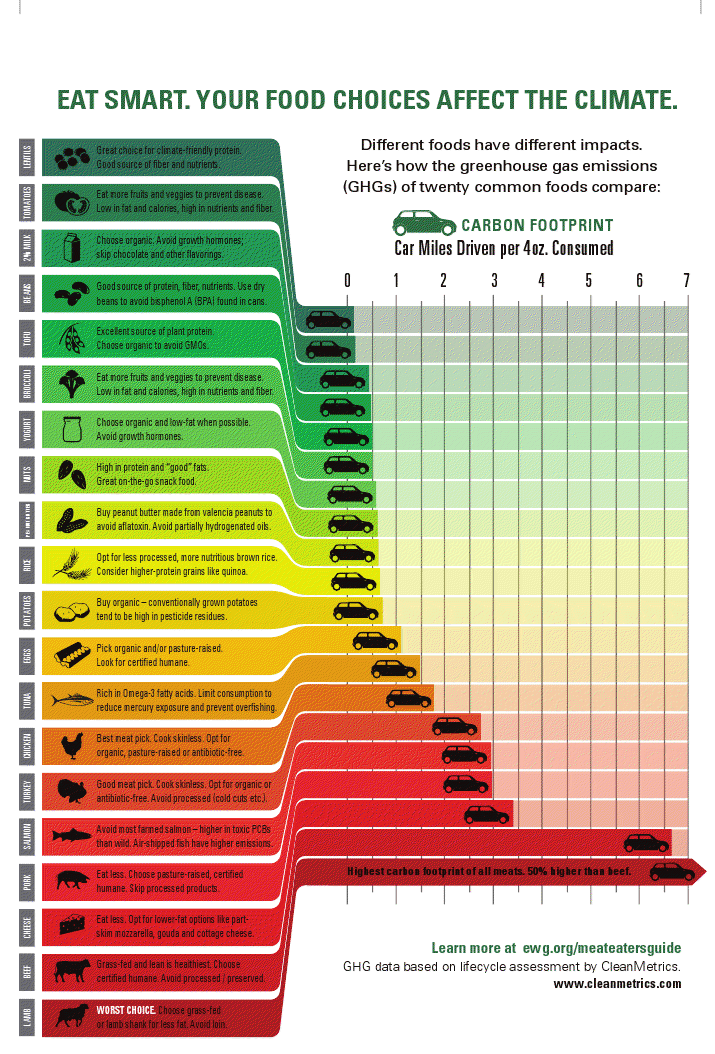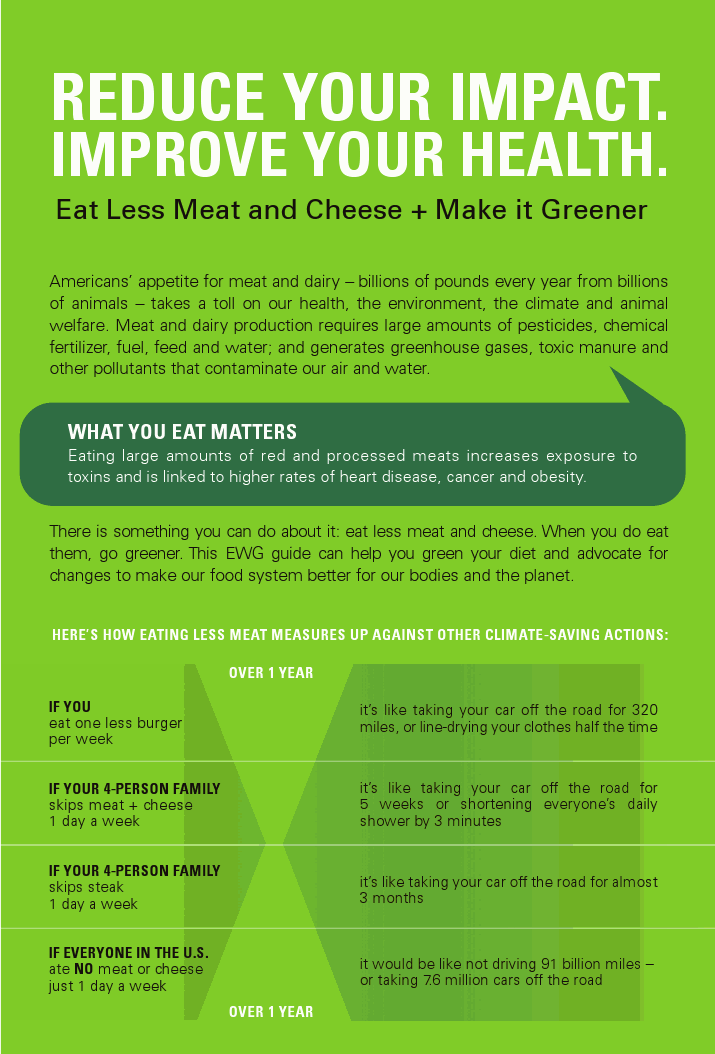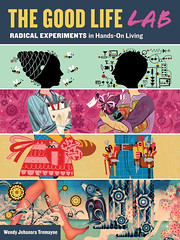 |
| Where there's smoke there is a ...... beehive inspection! |
The artistic husband (TAH) was on self-proclaimed photography duty but he refused to come close enough to take a picture of the eggs. You can see those here, but in this post, you get gratuitous backyard flower pictures instead.
Because I have learned to never assume anything, I opened the other hive for a quick check, too. Right on top, I found my first little tiny bit of honey in a honey super. You see the frames are much smaller - because honey is HEAVY! Like, break your back trying to carry a deep box full of honey frames heavy. Of course I'm not expecting such gargantuan results this year, but I am sure very excited if I get as little as one jar.
Underneath the honey super, I found a healthy and thriving brood pattern with calm, content bees.
So happy I know I am now running on 2 homemade queens, which hopefully will last a little longer than the previous ones who hailed all the way from Georgia ... Interestingly, if I understand things correctly, a break in brood patterns can help with mite control. So together with my screened bottom boards, I will now wait until after the honey harvest/taking off the supers later this fall, to treat with formic acid or the like. Yes I'll treat. Until we know how to keep bees alive better, I want them to have every chance they get. Also, my bee teacher has pointed out that we only have a strong argument against the pesticide lobby if we can show that we're controlling mite populations.
This brings me to two interesting pieces of news that have hit the airwaves recently. One is good, if you consider knowledge better than ignorance, but really only then: They found out that a combination of different pesticides and in particular fungicides, may be responsible for making bees more susceptible to parasites. You catch that? It's sort of a chain reaction, which is harder to deal with than just banning X pesticide and calling it a day.

Secondly, the Obama EPA has, during the lull of summer, sneakily and silently increased pesticide limits, to accomodate the use of RoundUp (glyphosate) against ever more resistant weeds. In other words, GMO crops make our planet dirtier, without the increased yield their manufacturers promised. And, oh, they practically indenture farmers, whether they want to farm GMO crops or not. (Farmers have been sued for their crop being wind-pollinated by GMO crops nearby). That's almost a tangent now, but don't be fooled for a minute: There is a connection. Buy organic, support non-GMO seed companies, and please, please, please, don't use RoundUp at home.
That's what YOU can do.




